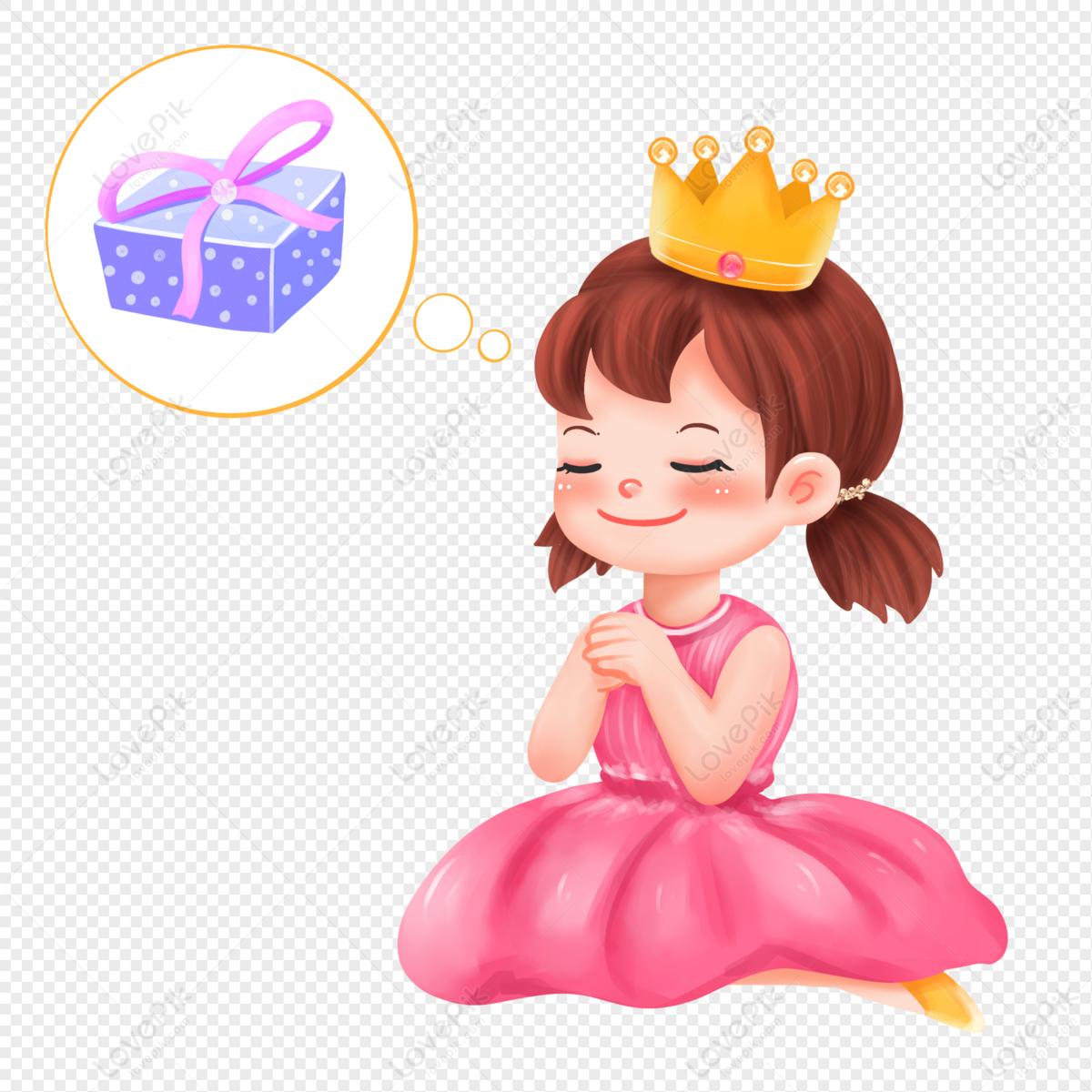Wishing well planters have transcended their humble beginnings as mere decorative items in gardens. These charming structures, often characterized by their rustic design and enchanting allure, have become symbols of hope, dreams, and the nurturing of life. This article delves into the deeper meanings behind wishing well planters, exploring their historical significance, symbolic interpretations, and the ways they enrich our gardens and lives.
A Brief History of Wishing Wells

Wishing wells date back to ancient times, with roots in various cultures around the world. Initially, they were seen as sacred sites where people would deposit coins or other offerings to appease deities associated with water sources. The act of tossing a coin into a well was believed to grant wishes or bring good fortune. Over time, these wells evolved into decorative garden features, often crafted into the form of planters.
The Multifaceted Symbolism of Wishing Well Planters
/cdn.vox-cdn.com/uploads/chorus_image/image/71347202/FcQWDQOaAAEkDht.0.jpeg)
Wishing well planters are rich in symbolism, representing various themes that resonate with people across cultures. Below are some of the prominent symbolic interpretations associated with them:
- Hope and Aspirations: The act of tossing a coin into a wishing well is a universal symbol of hope. It signifies the desire for dreams to come true, whether they relate to personal goals, health, or relationships.
- Abundance and Prosperity: Many view wishing wells as symbols of abundance. The act of planting flowers or herbs in these planters reflects the nurturing of dreams and aspirations, much like tending to a garden yields a fruitful harvest.
- Connection to Nature: Wishing well planters often blend harmoniously into gardens, representing a connection to the earth. This connection serves as a reminder of nature’s role in our lives and the importance of preserving it.
- Tradition and Nostalgia: For many, wishing wells evoke fond memories of childhood and simpler times, bringing a sense of nostalgia and tradition into contemporary gardens.
The Aesthetics of Wishing Well Planters

Beyond their symbolic meanings, wishing well planters serve as aesthetic focal points in gardens. Their charming designs can enhance the visual appeal of any outdoor space. Here are some popular styles:
- Traditional Wooden Wells: Often crafted from weathered wood, these planters provide a rustic touch, ideal for country-style gardens.
- Stone and Brick Structures: More permanent and robust, these wishing wells can become striking focal points, exuding a timeless elegance.
- Modern Interpretations: Contemporary designs incorporate sleek materials and minimalist aesthetics, appealing to modern sensibilities while retaining the essence of the wishing well.
Case Studies: Wishing Wells in Community Gardens

Wishing well planters have found their way into community gardens, serving not only as decorative elements but also as tools for social interaction and community cohesion. Here are a few examples of how they are utilized:
- The Urban Oasis: In a bustling metropolitan area, a community garden installed a wishing well planter to encourage residents to share their hopes for the community. Each person who contributed to the garden could write their wish on a tag and hang it on the planter, fostering a sense of belonging.
- School Gardens: Several schools have adopted wishing well planters to teach children about gardening and responsibility. Students can plant flowers and herbs while learning about the importance of nurturing their dreams—both literally and metaphorically.
- Therapeutic Gardens: In mental health facilities, wishing well planters have been incorporated into therapeutic gardens. Patients are encouraged to write their wishes and plant them alongside flowers, promoting healing through connection with nature.
Statistics and Trends: The Rise of Wishing Well Planters
The popularity of wishing well planters has surged, reflecting broader trends in gardening and outdoor aesthetics. Here are some statistics that highlight this phenomenon:
- According to a recent survey by the National Gardening Association, 35% of households in the U.S. engage in gardening, with decorative elements like wishing wells becoming increasingly sought after.
- Online searches for “wishing well planters” have increased by 45% over the past three years, suggesting a growing interest in incorporating these features into personal and community gardens.
- Home and garden shows reported a 60% increase in exhibitors showcasing wishing well planters, indicating their rising popularity among garden enthusiasts.
Caring for Your Wishing Well Planter
Maintaining a wishing well planter involves both care for the structure itself and the plants it houses. Here are some tips for ensuring longevity and beauty:
- Regular Cleaning: Clean the planter periodically to prevent dirt buildup and ensure it remains an attractive focal point.
- Seasonal Gardening: Consider seasonal flowers or herbs that will bloom throughout the year, ensuring the planter remains vibrant and lively.
- Watering and Drainage: Ensure proper drainage to prevent waterlogging, which can damage both the plants and the planter structure.
Conclusion: The Enduring Charm of Wishing Well Planters

Wishing well planters are more than just decorative features in gardens; they embody hope, dreams, and a connection to nature. Their rich symbolism, historical roots, and aesthetic appeal make them cherished elements in outdoor spaces. The examples of community engagement and the growing trends in gardening emphasize their relevance in contemporary society.
As we cultivate our gardens and our dreams, wishing well planters serve as poignant reminders of the beauty of nurturing life—both in the soil and in our hearts. Whether in a bustling community garden or a tranquil backyard, these enchanting structures invite us to pause, reflect, and continue to wish for a brighter future.



